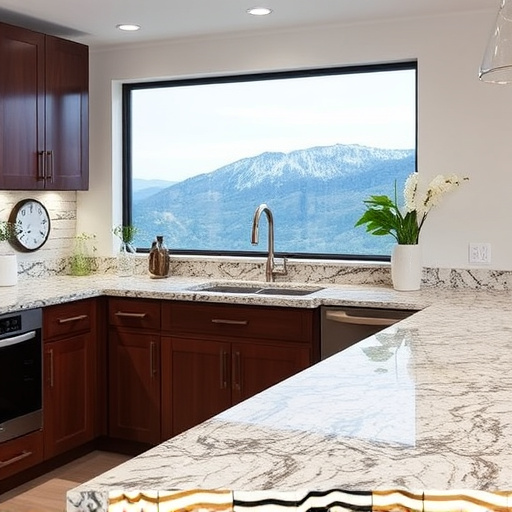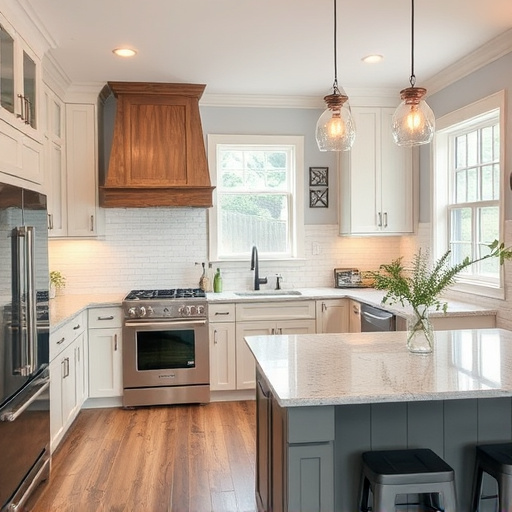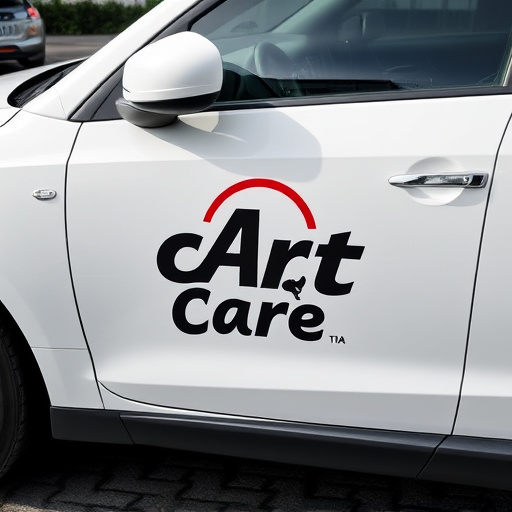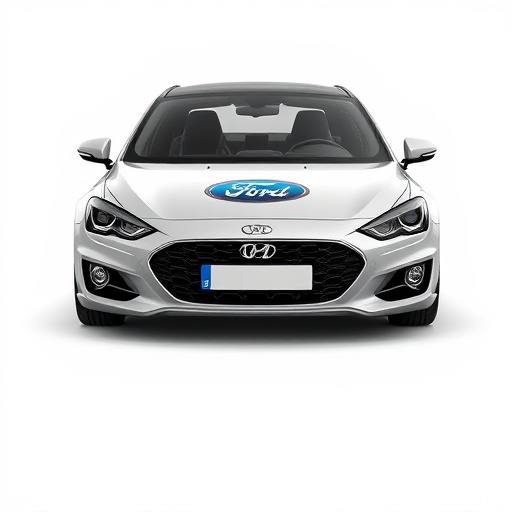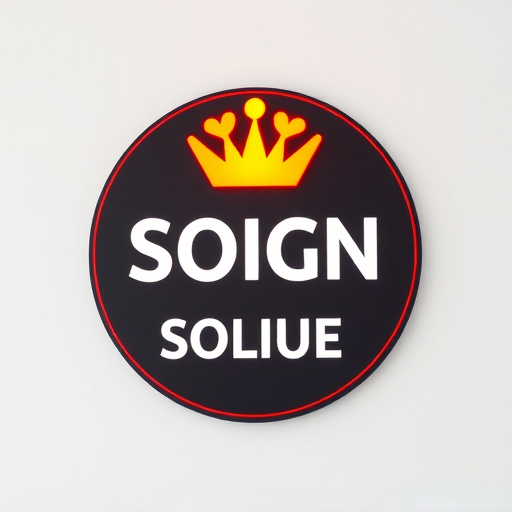Before selecting a color palette for storefront graphics, align brand identity with target audience preferences and utilize color psychology to evoke specific emotions. Balance aesthetics with brand messaging using strategic color choices, enhancing visual impact with high-quality finishes like vinyl wraps to make a lasting impression.
Choosing the right colors for your storefront graphics is crucial for capturing attention and conveying your brand’s message. In this guide, we’ll walk you through the process of selecting powerful hues that resonate with your target audience. First, understand your brand identity and ideal customers. Then, explore the psychology behind colors and how they influence purchasing decisions. We’ll also delve into creating a cohesive color palette that enhances your storefront’s visual appeal and leaves a lasting impression on potential buyers.
- Understanding Your Brand and Audience
- Color Psychology and Its Impact
- Creating a Harmful Color Palette
Understanding Your Brand and Audience

Before diving into the color palette for your storefront graphics, it’s crucial to understand your brand and target audience. Your brand identity should guide the overall aesthetic, including color choices, as it sets the tone for how customers perceive your business. For instance, vibrant colors might suit a playful, youthful brand, while a sophisticated, elegant brand may lean towards more subdued tones.
Knowing your audience is also essential. Consider the demographics and psychographics of your ideal customer base. Would they be drawn to bold, attention-grabbing colors or prefer a more subtle, refined approach? For example, a store specializing in automotive detailing and custom vehicle wraps might opt for striking colors that showcase their expertise, while a ceramic window tinting business could benefit from a more discreet color scheme that emphasizes precision and quality.
Color Psychology and Its Impact

Color psychology plays a pivotal role in how customers perceive your storefront and ultimately influences their purchasing decisions. Different colors evoke distinct emotions and associations, which can be harnessed to create an impactful visual experience. For instance, warm hues like red and orange incite feelings of excitement, urgency, and appetite—perfect for promoting sales or creating a sense of warmth in a brand’s identity. Conversely, cool tones such as blue and green convey calmness, trust, and tranquility, making them ideal for brands seeking to appear reliable and professional.
Understanding this psychological aspect is crucial when designing storefront graphics. By strategically selecting colors that align with your brand message and the desired emotional response, you can attract the right audience and foster a positive connection. Moreover, considering high-quality finishes like vinyl wraps or protective coatings in conjunction with thoughtful color choices enhances visual appeal and ensures that your storefront stands out even from a distance.
Creating a Harmful Color Palette

When designing storefront graphics, creating a harmonious color palette is key to making your brand stand out. While it’s tempting to choose colors based on personal preference or what’s trending, an effective palette should consider your target audience and brand identity. Each color evokes different emotions, so understanding their psychology is crucial. For instance, red often signifies urgency and excitement, while blue fosters trust and calmness.
A balanced palette typically includes primary, secondary, and tertiary colors, each with its own role. Primary colors are bold and eye-catching, ideal for highlighting key brand elements or promotions. Secondary colors can be used to create contrast and add depth, while tertiary hues provide a more subtle backdrop. For businesses offering services like custom vehicle wraps or ceramic coatings, this approach ensures your storefront graphics not only attract attention but also effectively communicate the value and quality of your offerings.
When crafting storefront graphics, understanding your brand and audience is key. By aligning colors with your brand identity and leveraging psychological insights, you can create compelling visuals that resonate with shoppers. A well-chosen color palette not only enhances aesthetics but also guides customer behavior, making your storefront a powerful marketing tool in today’s competitive retail landscape.





